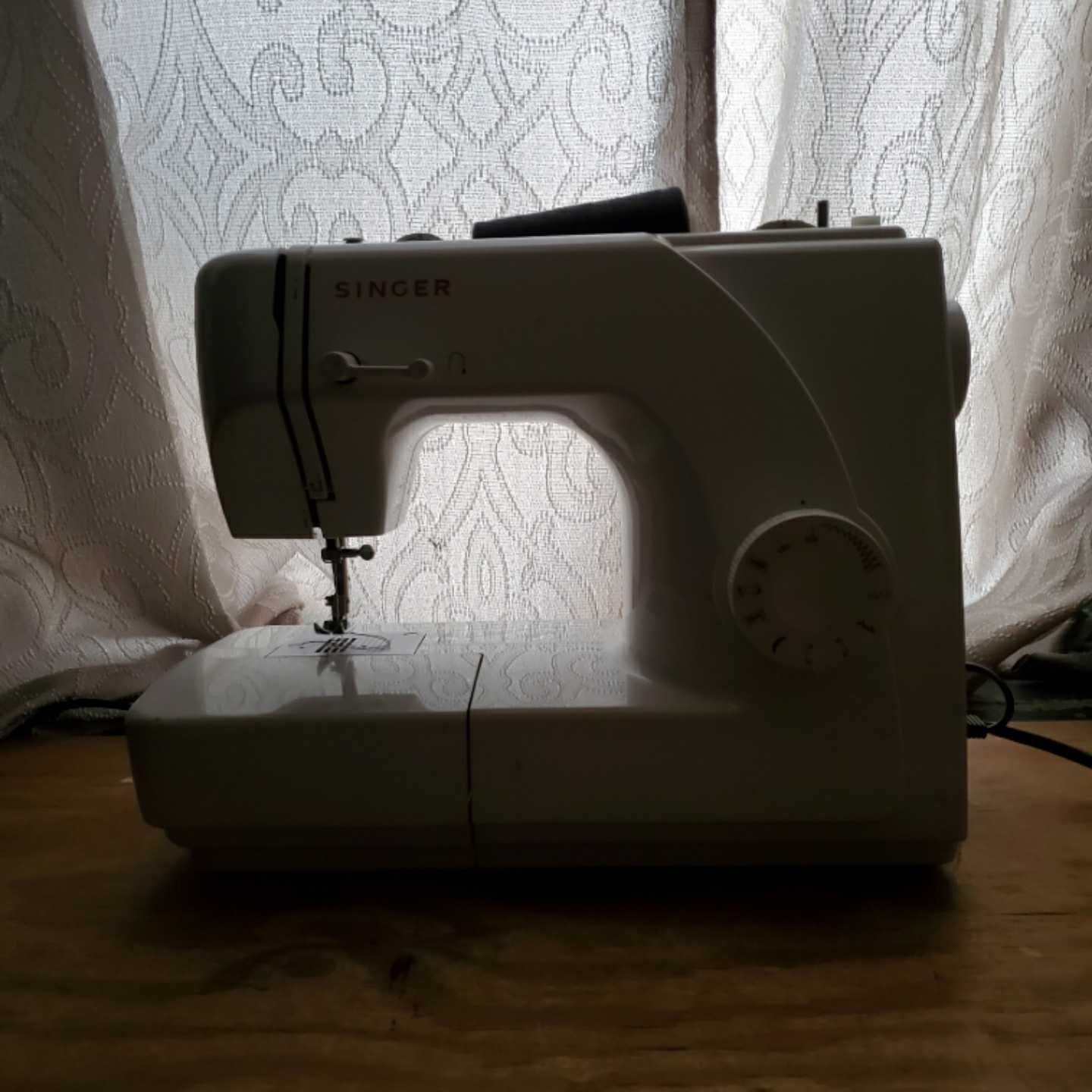The realm of fashion is fast-paced, complex, and difficult to break into. Becoming a fashion designer is by no means easy.
But, it is possible.
Fashion is a huge industry, and needs creative people to continue pushing it forward into the future. Whether you’re looking to get into high fashion, low fashion, or anything in between, I’ll give you some tips about what you can do to increase your odds.
The first thing you need to do: learn to sew.
Luckily, sewing isn’t that hard to pick up; here’s a great list of books on sewing & dressmaking if you’re looking for inspiration to get started. The earlier you can start building your sewing chops, the quicker you’ll be at banging out mockups and even full-fledged pieces. Start with the easy things—hemming pants and dresses. Rip the buttons off your shirts and learn how to sew them back on. Make a pillowcase, cushion cover, or other small project. Just make sure you’re using the machine and learning a bit at the same time.
After you know your way around the machine…
Find inspiration and develop taste.
The fashion world is as big as it is complex, and caters to every taste imaginable. Developing and honing a great sense of taste will reflect in your design work and allow you to create pieces that are as cohesive as they are striking. Raw creativity is good, but it isn’t often that a jumbled mishmash of influences will actually look good. Find out what you like and look for the people who are doing it the best. Whether it’s fast-fashion trends, eclectic streetwear, or the ever esoteric high fashion, figure out what niche of the industry resonates with you the most. In the age of instagram and pinterest, this can be as easy as scrolling through feeds and hitting the double tap.
When you’ve found a bunch of things that you like, look for commonalities across them. Maybe you like a slim cut, maybe you like chunkier, soft vibes. Do you like monochrome or super colorful? High-waisted pants or dresses? Keep narrowing things down. Maybe the combination of tight pants and chunky tops strikes your fancy, or something else. Try to identify the elements that work as themes. Identify the patterns. It’s important to see the clothes and how they fit, so try to block out the faces of the models, the scenery, and lighting. Developing taste and knowing exactly what you like will help you a lot down the road, especially when developing a portfolio.
Hit the books:
You’re going to have a hard time getting a job in the fashion industry without a degree. A bachelor’s degree is good, but if you have the time and resources available to get your master’s, then your job prospects after education will likely be that much higher. Connections are huge in fashion, and a large part of the benefits of going to college is making those connections with your peers and instructors. College can also be a great place to find internships.
Internships are key to building real-world fashion experience and connections. They are almost as indispensable as an education in the field. You can also get experience through volunteering. So much of the industry consists of more than simply making clothes; internships provide a key to those hidden layers. There’s business, marketing, finances, and sales to consider. But beyond that, both college and internships will give you many chances to add to your portfolio.
The Portfolio…
…is your key to the fashion world. Your calling card. The first thing that potential employers know about you as a person and designer. Think of it as an actor’s reel or voice demo. Portfolios contain designs, technical drawings, finished and unfinished pieces, and mood boards. Compiling a portfolio is an intensely personal process and everybody’s is different, but if you’re having trouble starting there are plenty of guides online.
The next step is clear:
Just start. If you’re too young for college, start learning how to use that sewing machine. If you don’t have a sewing machine yet, start drawing your design ideas and refining your tastes on pinterest, instagram, and other sites across the web. Find a designer that you like and read about how they got their start. Keep cracking away on your portfolio. The world of fashion is so exciting because there’s always something new on the horizon, waiting to be created or discovered. Get out there!






